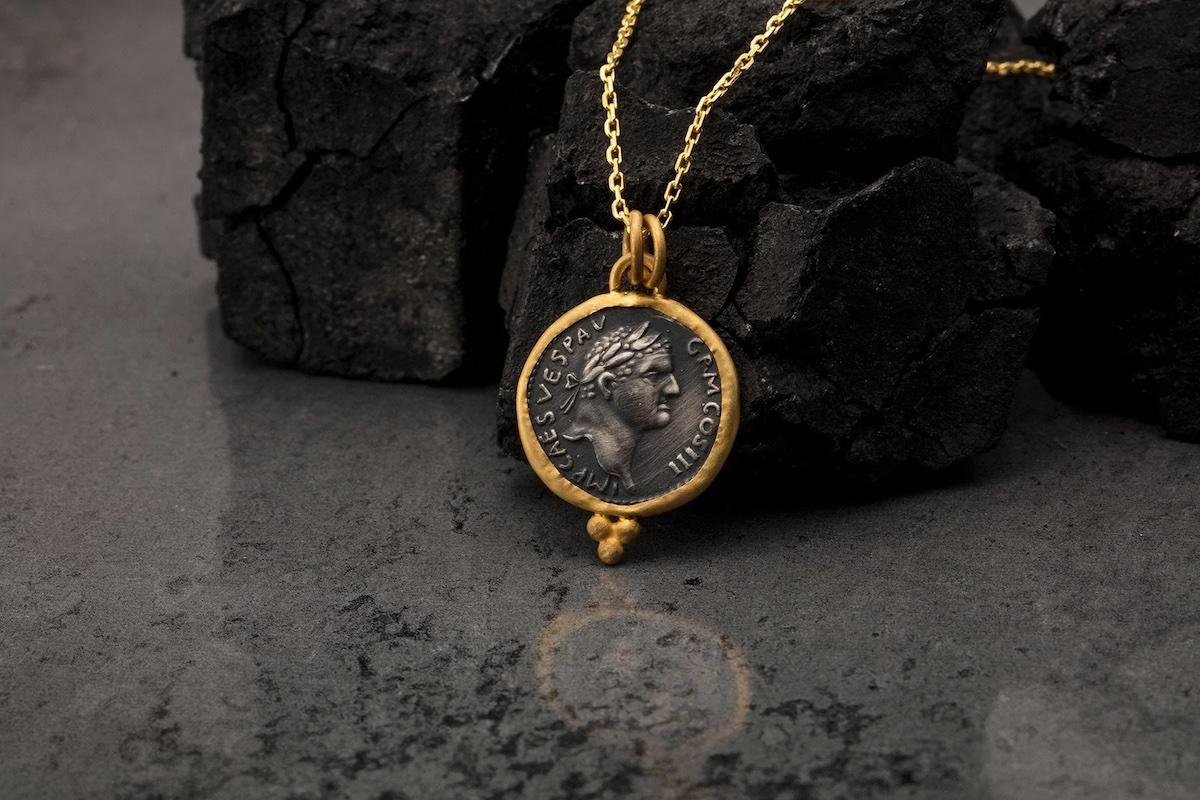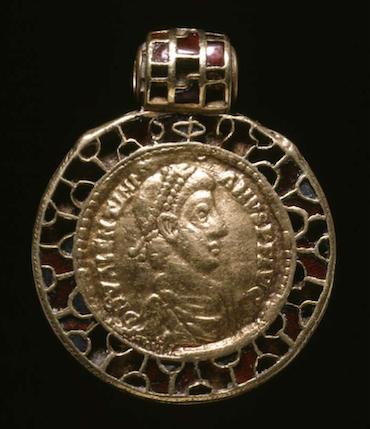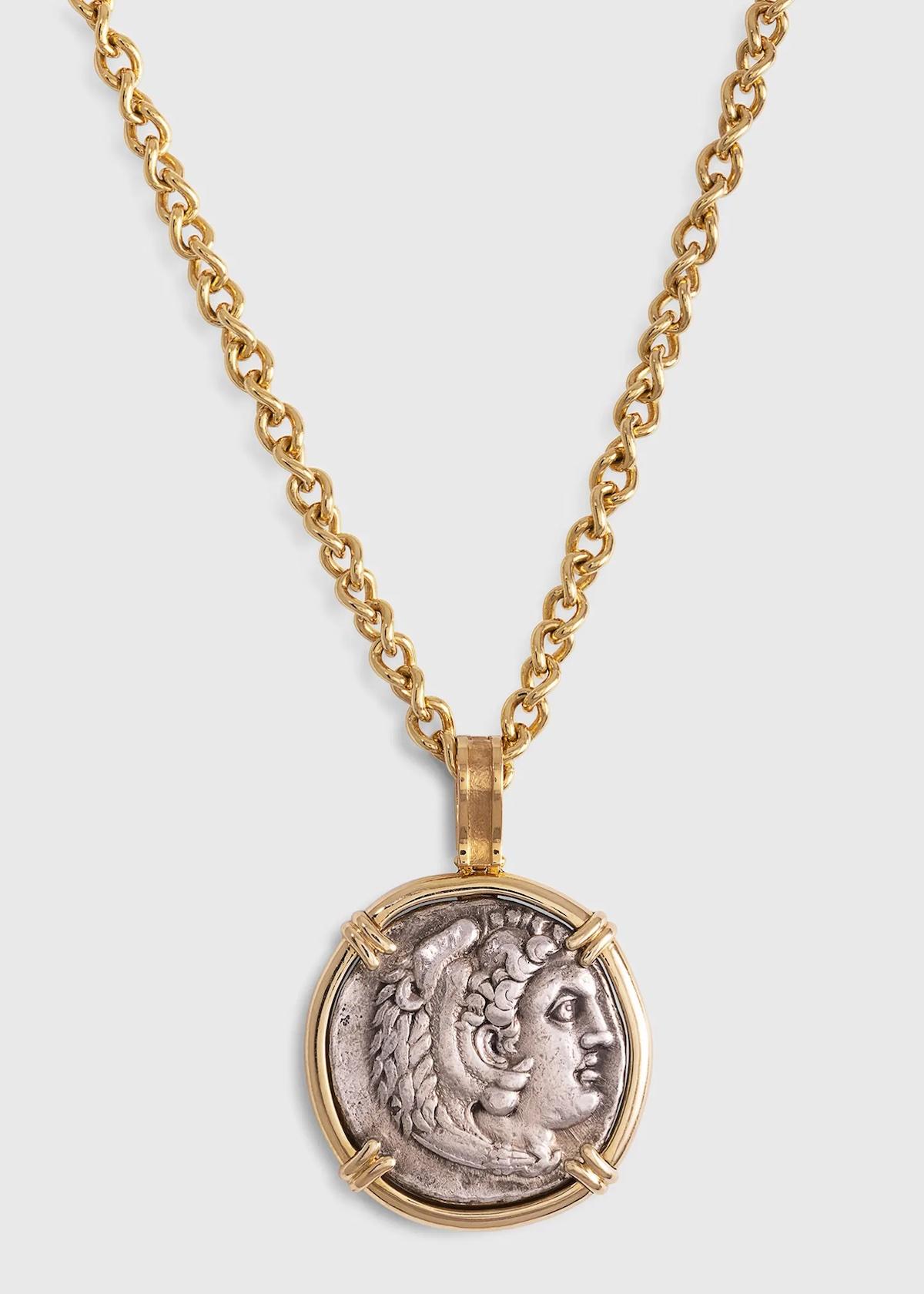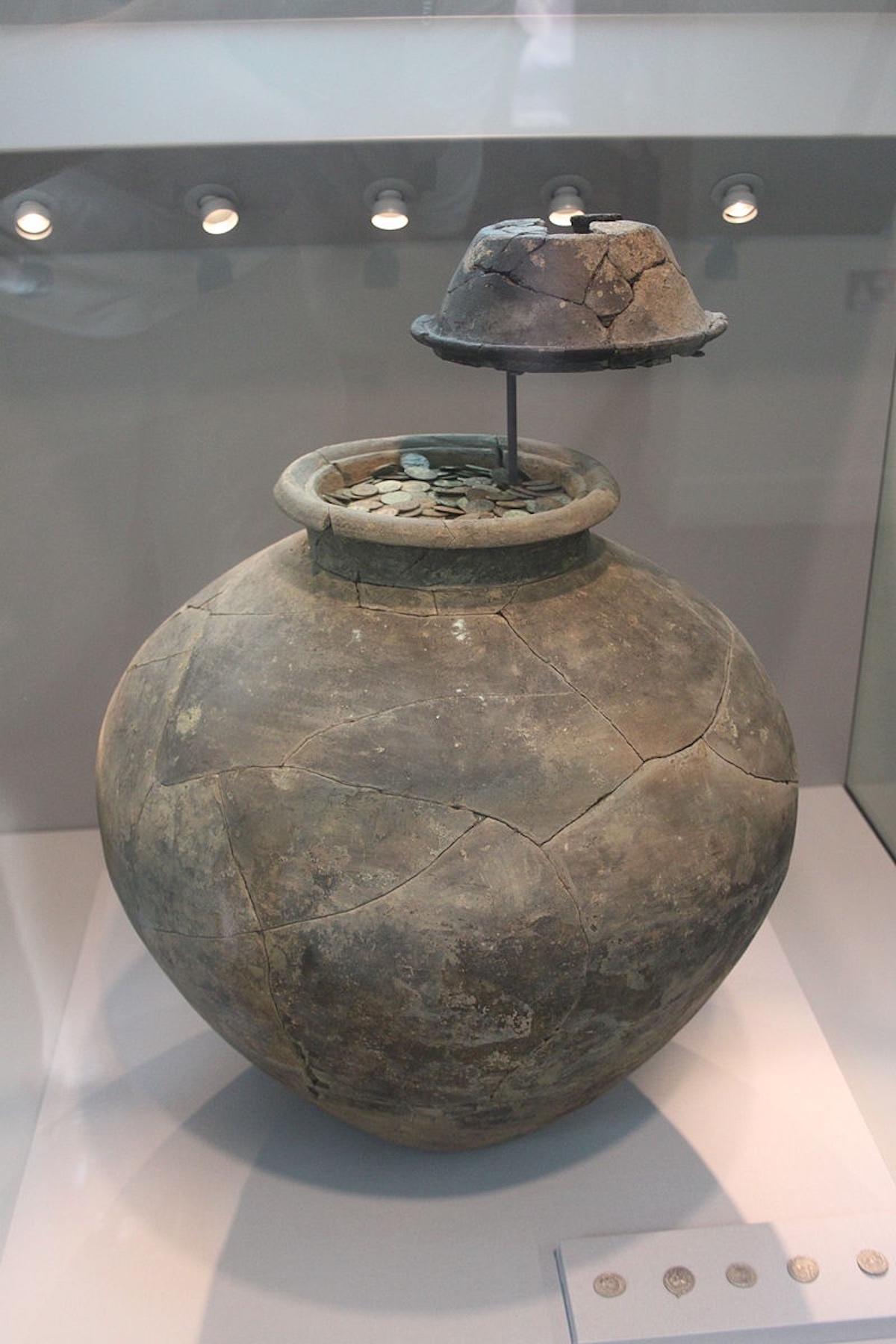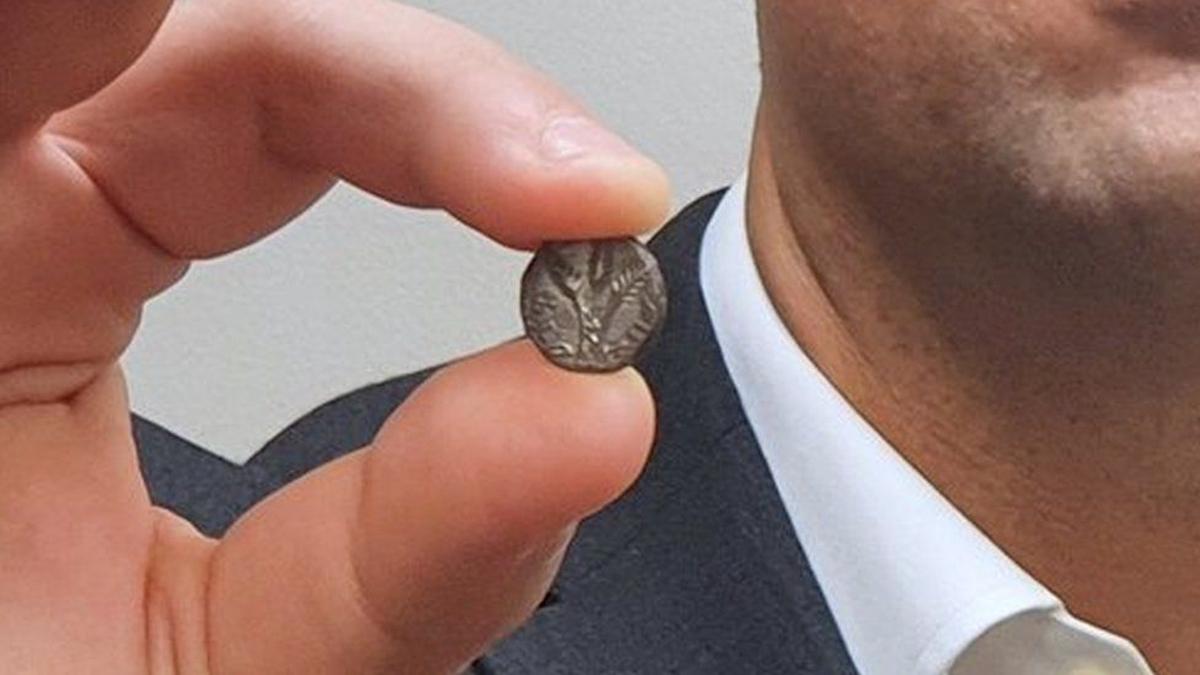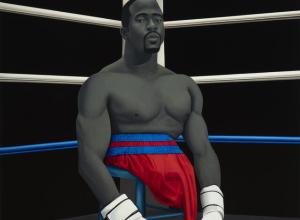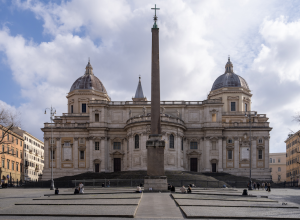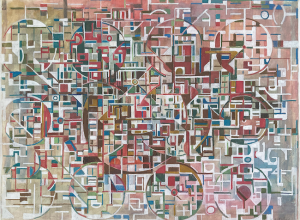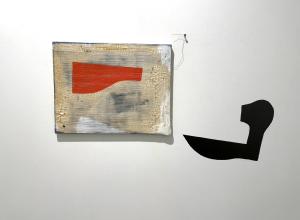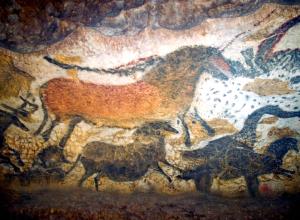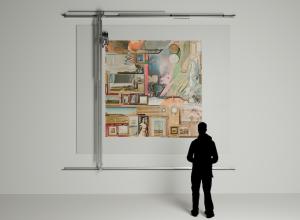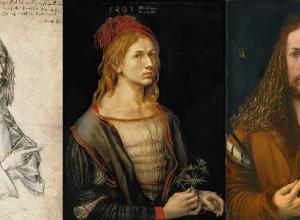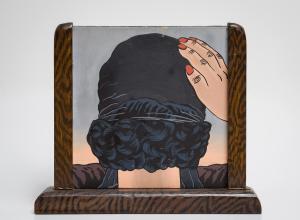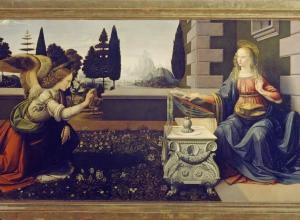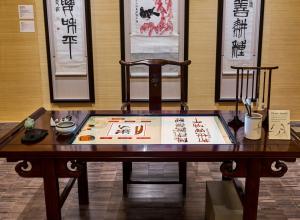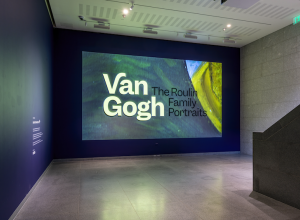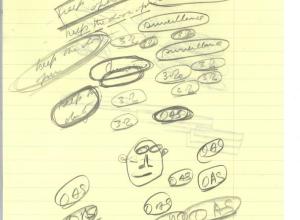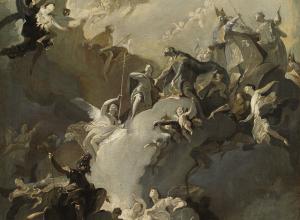The iconography of the portraits that coins bore, typically either deities or political leaders, added to the social value of coins greatly and gave them entirely new realms of meaning. The image of the Roman emperor was a particularly powerful tool and the display of high-value gold coins (called aurei) with imperial portraits could provide unique opportunities for elite Romans to flaunt their wealth as well as their allegiance to the royal family.
Imperial coins were also sometimes the only images of the emperors that many within the empire would ever see in their lives. Numerous examples of ancient necklaces, earrings, and rings have survived where a golden aureus or another type of coin with an imperial portrait has been made the focal point of the piece. As the Roman empire continued to expand and conquered more places further afield, coins from new provinces could be prized for their alternative iconographic vocabularies that gave their owners a sense of the exotic. Coins from Greece and Egypt would certainly have fallen into the latter category for Roman consumers.
The medieval and Renaissance periods continued to utilize coins in jewelry pieces, oftentimes placing older Roman coins into contemporary jeweled settings. Such coins were of course still signs of monetary wealth, being made of fine gold or silver and fetching handsome prices, but their age now also lent the wearer a certain air of cultured refinement.




